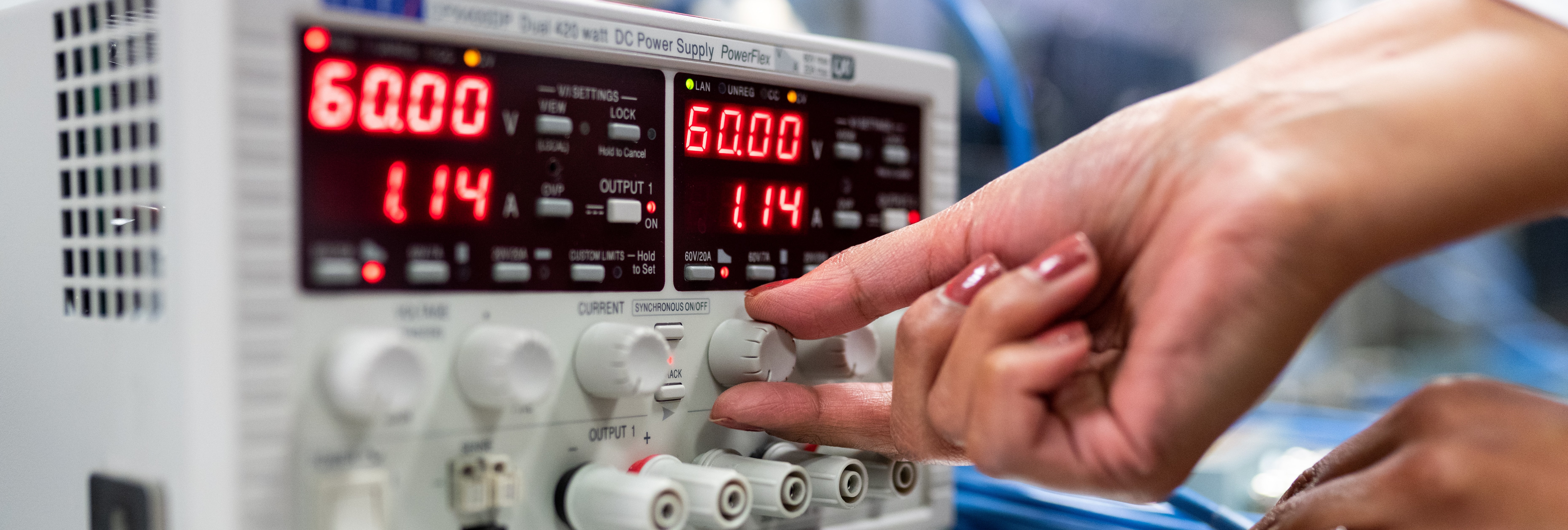

Bioengineering is the fastest-growing discipline of engineering. Data from the United States of America shows that Biomedical Engineering is the best job in America with 10-year job growth of 61.7% and a good median and top pay. But it is more than the job prospects and salary that make biomedical engineering an attractive profession. CNN quoted Christine Schmidt, a professor of biomedical engineering at the University of Florida as saying, “You can impact so many lives by creating technology that will repair a hip or help repair eyesight or allow somebody to breathe better.”
Biomedical Engineering, also referred to as Bioengineering, BioMed or BME, is a multidisciplinary STEM field that combines biology and engineering, applying engineering principles and materials to medicine and healthcare.
Aspects of mechanical engineering, electrical engineering, chemical engineering, materials science, chemistry, mathematics, computer science, and engineering are all intertwined with human biology in biomedical engineering to improve human health.
The field of engineering as a whole is an innovative field - coming up with ideas leading to everything from skyscrapers and automobiles to aerospace and sonar. Biomedical engineering narrows its focus to innovating advances that improve human health and health care at all levels.
The role of a Biomedical Engineer includes designing biomedical equipment and devices to aid the recovery or improve the health of individuals. It includes internal devices, such as stents or artificial organs, or external devices, such as braces and supports (orthotics). It can also include creating and adapting medical equipment. Biomedical engineering is a role that requires excellent knowledge of computing, biology, and engineering, inventive nature, and good problem-solving skills.
Advancements in healthcare, including quicker diagnostics, newer treatments, and better equipment, can be indisputably attributed to biomedical engineering. Biomedical innovations have revolutionized the way diseases are diagnosed and treated. From the artificial heart to the artificial hip, and from decoding the detailed genetic sequence to analyzing the brain’s electrical activity, bioengineering has impacted health care in many ways. With many more innovations in the pipeline, the time is not very far when every disease will have a cure, and every disability will be manageable.
Bioengineers and biomedical engineers will see employment growth because of increasing technologies and their applications to medical equipment and devices. Smartphone technology and three-dimensional printing are examples of technology being applied to biomedical advances.
As the baby-boom generation lives longer and stays active, the demand for bioengineers and biomedical devices and procedures, such as hip and knee replacements, is expected to increase. In addition, as the public awareness of medical advances continues, increasing numbers of people will seek biomedical solutions to their health problems from their physicians.
Bioengineers and biomedical engineers work with scientists, other medical researchers, and manufacturers to address a range of injuries and physical disabilities. The ability of these engineers to collaborate on activities with workers from other fields is enlarging the range of applications for biomedical engineering products and services.
Are you wondering how the world came through COVID-19, one of the most difficult times in the history of humanity? Huge credit goes to the field of bioengineering and biomedical technologies that made contributions to the development of the healthcare industry.
When most humans had isolated themselves and stayed confined to their homes, biomedical engineers were set up in industries to ensure proper manufacturing of ventilators, in-vitro diagnostic kits, antibody test kits, and PPEs. In this capacity, they are aiding the recovery of patients by developing high-quality stents, artificial organs, orthotic supports, and other devices.
Further, several engineers are employing reverse engineering techniques for the de-construction of these devices and using effective parts to better understand their makeup. They are using optimum methods for developing these devices with no biomedical wastage.
The biggest challenge that these biomedical engineers have overcome is expediting the process of manufacturing these devices. Normally, building a ventilator takes months, but these smart engineers have shortened the time frame to days and ensured quality control at all stages of manufacturing. In the meantime, these professionals have also sped up the testing process so that these devices meet all the health and safety regulations properly and get distributed quickly.
Next, these engineers use their in-depth knowledge of biology, computing, and genetic engineering for drug administration.
The COVID-19 pandemic has helped highlight some of the unseen professions that help make our health service work and show the positive impact that biomedical engineering, in particular, can have on the lives of people.
In the post-coronavirus era, medical colleges across the world are encouraging students to specialize in biomedical engineering. Such pandemics are likely to revisit us from time to time, which is why biomedical engineers have the opportunities to grow their careers and overcome these challenges.
There are a variety of roles and specializations within biomedical engineering and you can work in an area that interests you.